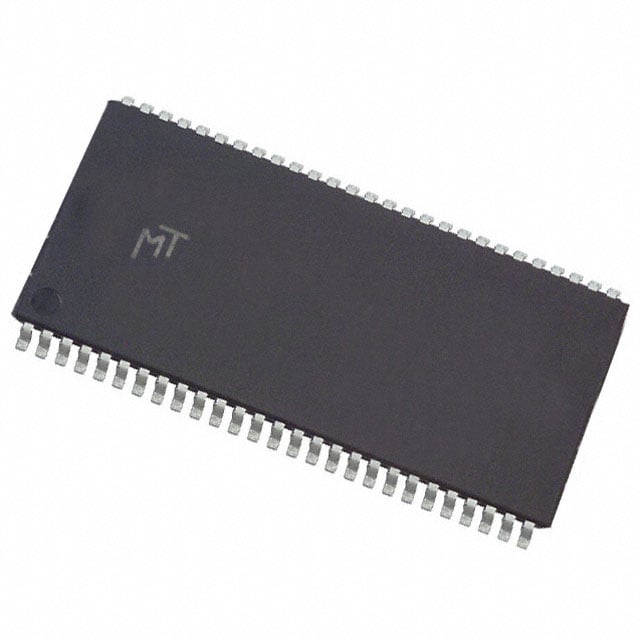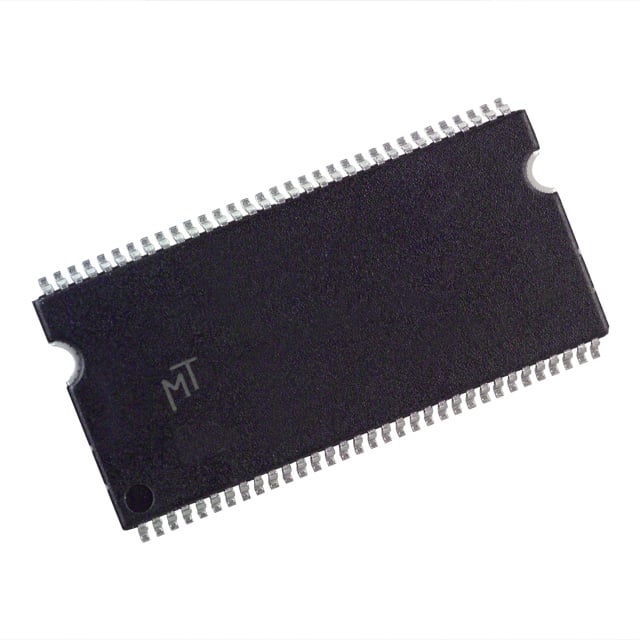Overview of DDR and LPDDR
 2022-02-16 11:50:59
2022-02-16 11:50:59  681
6811. DDR
Double Data Rate Synchronous Dynamic Random Access Memory (DDR SDRAM) or DRAM has become a real technology because it uses capacitors As a storage element to achieve various advantages such as high density and simple architecture, low latency and high performance, virtually unlimited access endurance, and low power consumption. DDR DRAM can be used in different forms depending on the system requirements – dual in-line memory modules (DIMMs) or as discrete DRAM solutions. DDR falls into three main categories, each with unique capabilities that help designers meet the power, performance, and area requirements of their target system-on-chip (SoC).
(1) Standard DDR is suitable for server, cloud computing, networking, laptop, desktop and consumer applications. It supports wider channel widths, higher densities, and different shapes and sizes. DDR4 is currently the most commonly used standard in this category, supporting data rates up to 3200 Mbps. DDR5 DRAM runs at speeds of up to 6400 Mbps and will arrive this year 2020.
(2) Mobile DDR (LPDDR) is suitable for mobile and automotive applications that are very sensitive to area and power consumption. LPDDR offers narrower channel widths and several low-power operating states. LPDDR4 and LPDDR4X support data rates up to 4267 Mbps and are the common standard in this category. LPDDR6400 DRAM, with a maximum data rate of 5 Mbps, was introduced earlier this year.
(3) Graphics DDR (GDDR) is suitable for data-intensive applications that require extremely high throughput, such as graphics-related applications, data center acceleration, and AI. GDDR and high-bandwidth memory (HBM) are this type of standard.
Each standard is designed to provide high performance and capacity while minimizing power consumption during operation. Channel stability is improved through reliability, availability, and serviceability (RAS) and error-correcting code (ECC).
2. LPDDR
LPDDR memory provides a high-performance solution with significantly reduced power consumption, a key requirement for mobile applications such as tablets, smartphones, and cars. The SoCs required for such applications tend to use fewer storage devices and shorter interconnects per channel, and LPDDR DRAM can deliver higher performance by running faster than standard DDR DRAM (for example, LPDDR4/4X DRAM running at a maximum speed of 4267 Mbps and standard DDR4 DRAM running at up to 3200 Mbps). However, LPDDR DRAM is not used for such devices. In standby, they can be in a low-power state, such as a deep sleep state, or they can use Dynamic Frequency Scaling (DFS) to operate at a lower frequency. Therefore, when the storage channel is in standby








